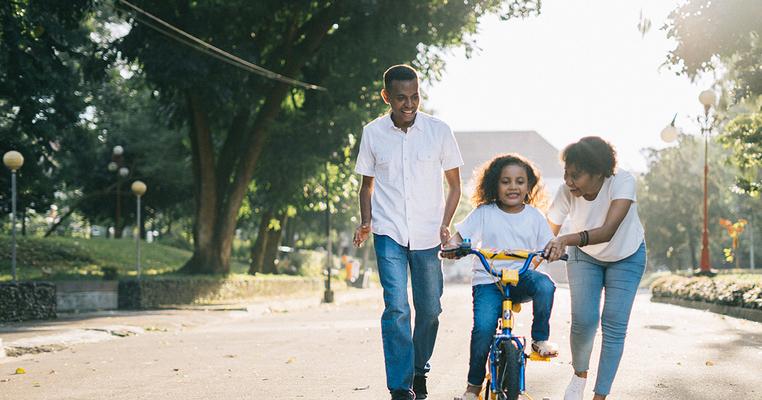
It’s Important to Talk to Your Kids About the Climate Crisis
The climate crisis can be a challenging topic to discuss – especially with younger children.
That’s why it’s so important for parents to understand that in many places, climate change is sometimes not taught in schools at all, just skimmed over, or presented as a theory rather than a fact or as an ongoing scientific debate with two equal and opposing sides.
Which often means the parent or caregiver has to be the first line of defense in their child’s climate education.
Read on for some quick tips on how to get started making sure your child is age-appropriately engaged in conversations about climate change, its impact on the future of the planet, and what they can do to be part of the solution.
AT SCHOOL
Get to know your school’s approach to climate science education. And be sure to advocate loudly in your community for science instruction that includes robust, standards-based curricula on climate change.
“Parents can play a strong role, climate education advocates say, in facilitating the adoption of those standards and development of robust curricula in their states and states across the country,” according to Yale Climate Connections. “Supportive parents also can stand up for teachers who may face political pressures or resistance from parents, the community, and even other teachers and administration, within the school.”
AT HOME
Be sure to turn as much as you can into a teaching experience.
If you’re lucky enough to be able to travel, consider taking your kids to see places and things that you can turn into a climate discussion. For example, few things can bring home the magnitude and power of the ocean better than seeing it – and with the waters lapping against the shore, a quick discussion of sea-level rise may feel more concrete.
As you make energy efficient upgrades to your home – right down to swapping out your old lightbulbs – make sure you’re telling your kids why you’re doing it. The same goes for other everyday things you do to lead a more climate-friendly life, from keeping the thermostat set at a reasonable temperature to buying local produce at the farmers market.
Modeling and discussing these smaller behavior changes for your kids can go a long way toward instilling a strong sense of personal responsibility for the planet as well as helping to make the larger climate solutions we need seem infinitely more achievable.
TAKING THE NEXT STEP
Learn more about how to begin the climate discussion with your child, the appropriate information to share for their stage of cognitive development, and how to play to their existing interests to make your conversations on this important-but-sometimes overwhelming (and occasionally a little scary) topic productive and useful with our free e-book, Beginning the Climate Conversation: A Family’s Guide.
Kids today will face the challenges of a warming world head-on. And as a parent, guardian, and/or caregiver, you have a responsibility to do your best to make sure they’re ready.
Download our free e-book to learn more about how to get started today.
When your child grows up into a responsible, compassionate adult who cares as much about the future of the planet as you do, you’ll be glad you started the conversation.

